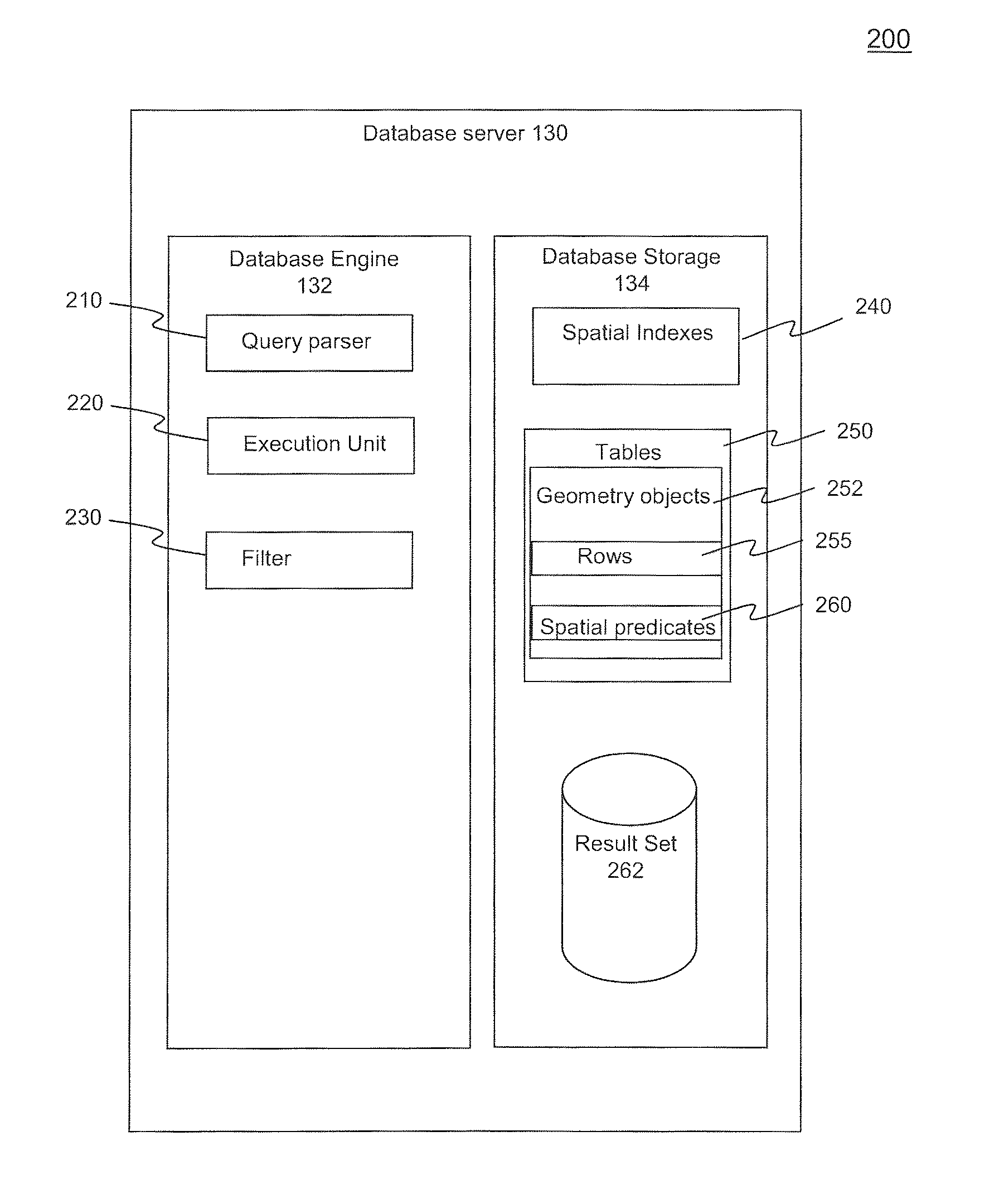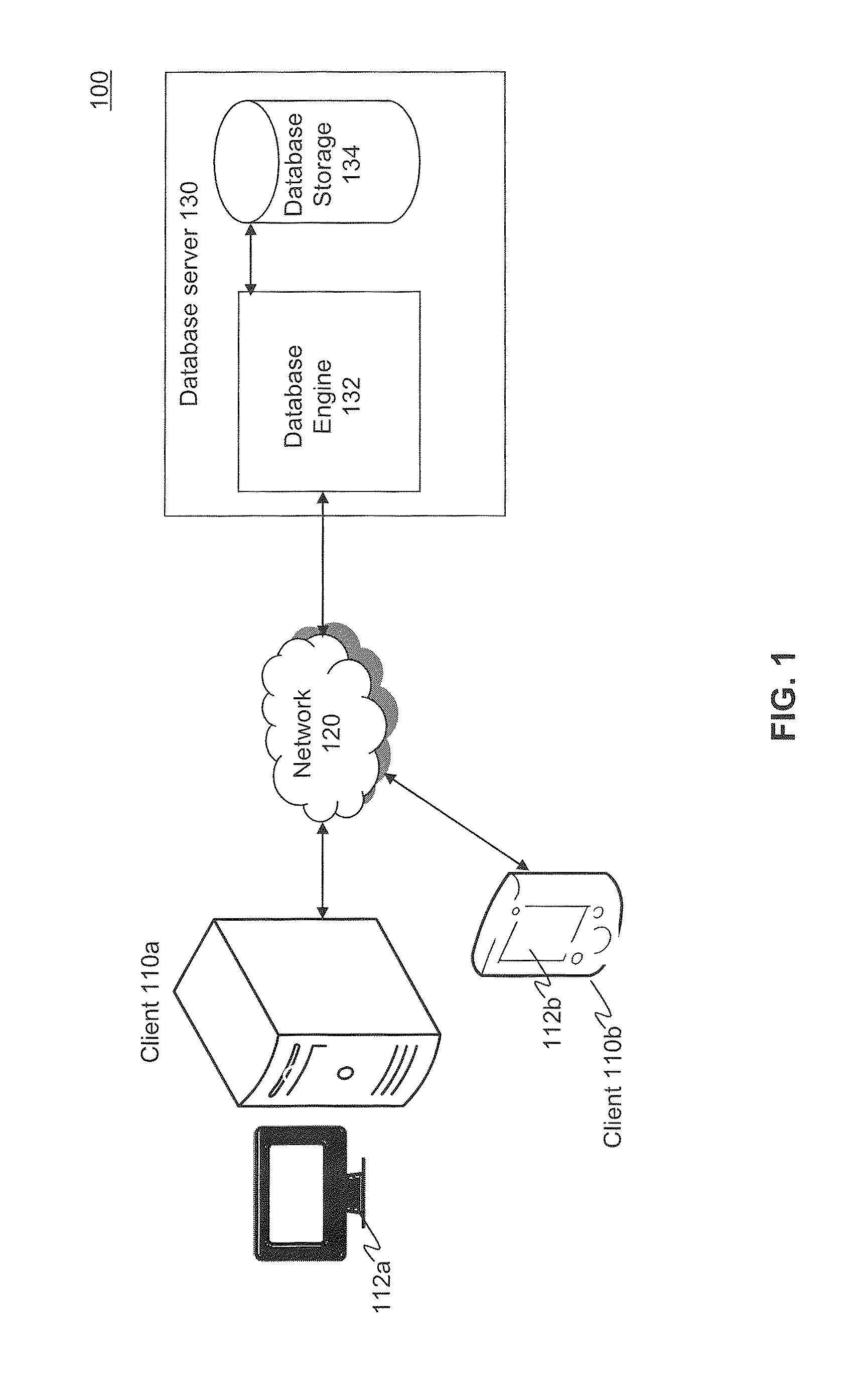Indexing spatial data with a quadtree index having cost-based query decomposition
a spatial data and quadtree index technology, applied in the field of indexing data, can solve problems such as large index size, and achieve the effect of improving query efficiency
- Summary
- Abstract
- Description
- Claims
- Application Information
AI Technical Summary
Benefits of technology
Problems solved by technology
Method used
Image
Examples
Embodiment Construction
Table of Contents
[0042]II. Database Server Implementation
[0043]III. Spatial Quadtree Index Creation[0044]A. Linear Quadtree Index Creation with Morton blocks[0045]B. Object Decomposition and Tessellation
[0046]IV. Query Decomposition
[0047]V. Performance Results
[0048]VI. Example User Interface for Index Creation
[0049]VII. Methods
[0050]VIII Example Computer System Implementation
[0051]IX. Conclusion
[0052]Embodiments relate to database query optimization for spatial data using an efficient method for creating spatial quadtree indexes. While the present invention is described herein with reference to illustrative embodiments for particular applications, it should be understood that embodiments are not limited thereto. Other embodiments are possible, and modifications can be made to the embodiments within the spirit and scope of the teachings herein and additional fields in which the embodiments would be of significant utility. Further, when a particular feature, st...
PUM
 Login to View More
Login to View More Abstract
Description
Claims
Application Information
 Login to View More
Login to View More - R&D
- Intellectual Property
- Life Sciences
- Materials
- Tech Scout
- Unparalleled Data Quality
- Higher Quality Content
- 60% Fewer Hallucinations
Browse by: Latest US Patents, China's latest patents, Technical Efficacy Thesaurus, Application Domain, Technology Topic, Popular Technical Reports.
© 2025 PatSnap. All rights reserved.Legal|Privacy policy|Modern Slavery Act Transparency Statement|Sitemap|About US| Contact US: help@patsnap.com



